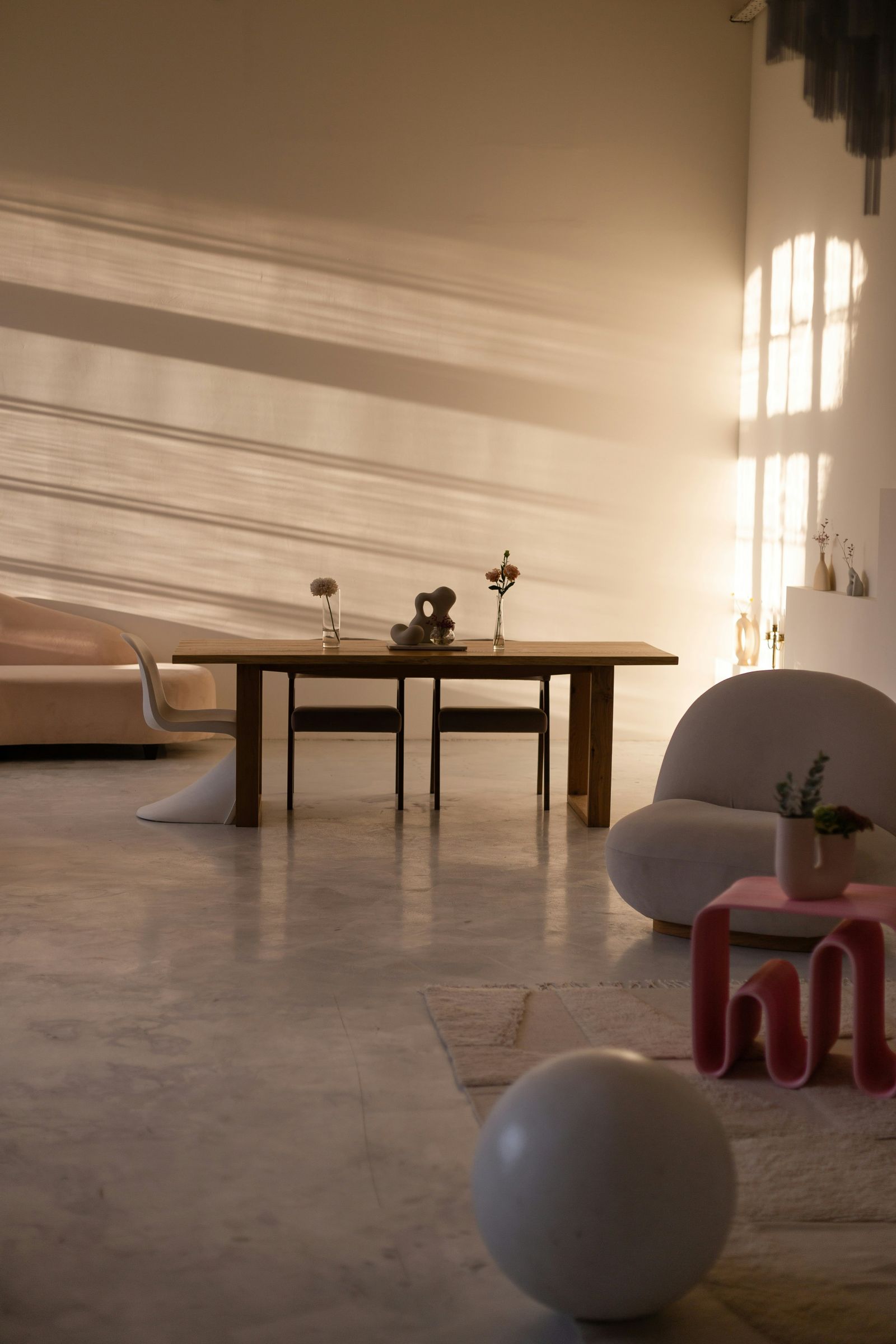What is a Cocooning atmoshpere?
When is home really a place to feel at home? The term cocooning has originated from this very desire. The concept behind the word is to create a space where you can withdraw from the outside chaos and enjoy a personal retreat that encourages relaxation and tranquillity.
The idea of a cocooning ambience is that of a home that evokes feelings of security, serenity and comfort, similar to those experienced when taking refuge in a protective cocoon.
Tips on how to create a cocooning atmosphere in your house
Here are a few practical tips for creating a cocooning interior that will transform your home into an oasis of comfort, where every detail contributes to making you feel serene. Just a few small changes to the furniture, the choice of colours and the use of lighting can make a big difference in creating the ideal cocooning environment.
Lighting
Yellow lamps with soft light are preferable to cool lamps to create a warmer atmosphere in your cocooning decor home. You can also opt for dimmable LED lamps or simple shades.
Alternatively, scented candles can be placed on shelves, coffee tables or next to beds and sofas to help create a romantic and relaxing atmosphere.
Another option is decorative lights, such as string lights or Christmas lights not just for the festive season, but throughout the year, to add a touch of magic to the home.

Colours, fabrics and materials
Warm, neutral colours such as beige, light grey, creamy white, pale pink and earthy tones are preferable in the palette of soft colours. These tones help to create a calm and serene interior. You can add details in brighter colours such as terracotta, mustard or sage green, but without exaggeration.
Materials that evoke comfort and warmth certainly include wool, which is perfect for blankets, plaids and cushions. For the warmer seasons, linen, cotton and silk are light, refreshing fabrics, suitable for curtains and cushions.
Wood is also an ideal material for creating a cocooning atmosphere. Light wood, used for floor coverings and furniture, is the ideal choice for a brighter, more natural ambience.

Furniture
Furniture for a cocooning style home should preferably have a simple, linear design, avoiding overly aggressive or cluttered shapes. Décor with soft lines, elegant curves and organic shapes creates a feeling of lightness and tranquillity. Minimalism is essential to avoid visually overloading the space.
It’s important to add that low furniture, such as coffee tables and ottomans, help to create a more relaxed and intimate room. In fact, a more horizontal arrangement of furniture can make the space feel warmer and less ‘rigid’.

Natural elements
Plants bring a note of freshness and vitality to the cocooning home and improve air quality. Fresh flowers, such as lavender or camomile, also add a natural touch. Dried flowers or herbs can be placed in decorative vases.
If possible, the use of small fountains inside the home adds a sense of tranquillity and serenity. The sound of running water is naturally relaxing.

Attention to details
It’s the little details that make a room cosy and comfortable. Details such as ceramic vases, small sculptures or vintage objects that add personality to the space. These elements should not be too overbearing, but rather carefully selected to enrich the ambience without overpowering it.
A reading corner with a bookcase or shelves full of books is another important detail for creating a cocooning atmosphere. You can also display books and magazines with covers in neutral colours to give the room a more refined look.

Furthermore, aromatherapy with diffusers or candles helps you relax. Choose oils and fragrances such as lavender, vanilla or sandalwood for a calming effect.

Lastly, background noises such as the crackle of a fire, the sound of rain or a thunderstorm can make the room even more cosy and relaxing. You can also create a playlist of soft music, such as nature sounds, acoustic music or light jazz, to listen to as you relax.




